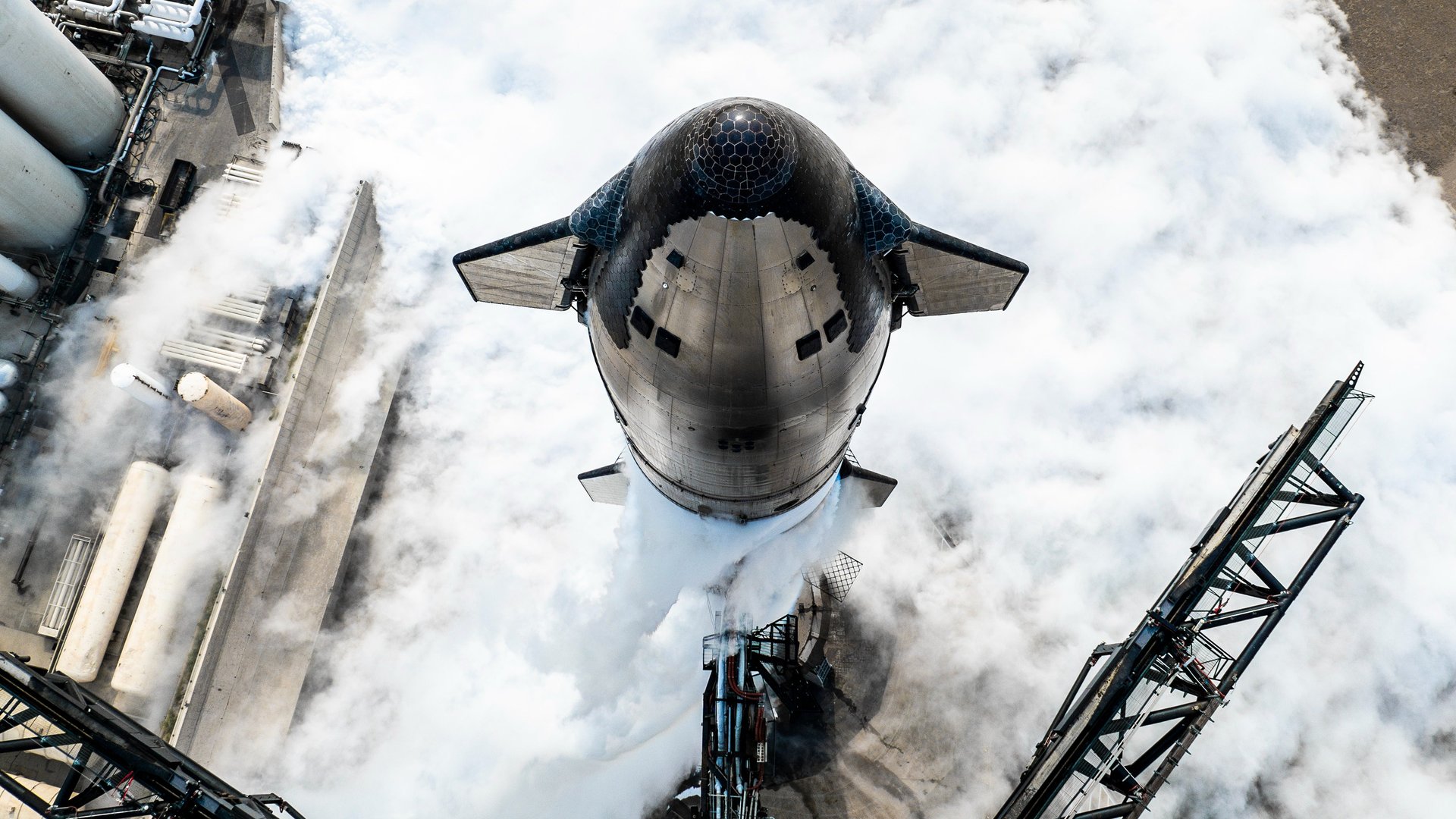SpaceX wants its next Starship launch to achieve safe reentry. First it has to not explode
For its upcoming fourth mission, SpaceX aims to demonstrate key capabilities of the world’s largest and most powerful rocket

SpaceX’s Starship program is gearing up for another crucial test flight next week, pending regulatory approval. This flight will focus on reentry and landing, while also gathering comprehensive flight data to improve future missions.
Suggested Reading
A new Starship prototype is set to pierce the Texas skies, possibly launching on the morning of Wednesday, June 5. This fourth fully integrated test flight, named IFT-4, is expected to reach new milestones if everything goes as planned, advancing the experimental rocket toward becoming fully operational.
Related Content
All signs are pointing to a launch. The Federal Aviation Administration (FAA) has finished its safety investigation into the third flight, finding no critical issues as far as public safety is concerned; this presumably opens the door to the issuance of the FAA’s next Starship launch license. Additionally, SpaceX successfully completed its second wet dress rehearsal on May 23 with the two stacked prototype stages, designated Booster 11 and Ship 29.
Related article: Everything We Noticed During Starship’s Remarkable Third Test Flight
The third integrated flight test of Starship, performed on March 14, included a successful stage separation, a full-duration burn of the second-stage engines, an internal propellant-transfer demonstration for NASA, and a test of the Starlink dispenser door. The mission lasted for an hour and 49 minutes, with the upper stage unexpectedly falling to pieces during reentry.
As for the Super Heavy booster, it successfully ignited 13 engines during its boostback burn, but six shut down prematurely, as SpaceX explained in its Flight 3 report. SpaceX had to destroy the booster during its failed landing attempt, with the Super Heavy exploding 1,515 feet (462 meters) above the Gulf of Mexico. Despite these issues, the mission showed significant progress compared to the first two integrated flight tests, both of which ended with premature explosions.
SpaceX pushed the nearly 400-foot-tall (121-meters) Starship to new extremes during the third test and it plans to do the same for the fourth. In a statement, SpaceX explained that the fourth flight test shifts the focus from achieving orbit to demonstrating the ability to return both stages. The primary objectives will include executing a landing burn and soft splashdown in the Gulf of Mexico with the Super Heavy booster, as well as achieving a controlled entry of Starship.
To that end, “several software and hardware upgrades have been made to increase overall reliability and address lessons learned from Flight 3,” the company explained. The SpaceX team will also make some changes, such as dropping the Super Heavy’s hot-stage adapter after the boostback burn to make the booster lighter for the final part of the flight. By “hot-stage adapter,” SpaceX is referring to the section of the booster where the engines remain ignited while the second stage separates and begins its own burn. The IFT-4 mission will follow a similar path as the previous test, with the upper stage targeting a splashdown in the Indian Ocean.
For the fourth test, key aspects to watch include the performance of the attitude control system, which is critical for the vehicle’s orientation in space; during the third test, a filter blockage in this system caused a loss of control. “The lack of attitude control resulted in an off-nominal entry, with the ship seeing much larger than anticipated heating on both protected and unprotected areas,” SpaceX said in its report. To address this, the company has added more control redundancy and upgraded hardware to resist blockages. It’ll be important to see how well the upper stage performs during its brief time in space and how its hexagonal heat-absorbing tiles fare during reentry.
“The fourth flight of Starship will aim to bring us closer to the rapidly reusable future on the horizon,” SpaceX said. “We’re continuing to rapidly develop Starship, putting flight hardware in a flight environment to learn as quickly as possible as we build a fully reusable transportation system designed to carry crew and cargo to Earth orbit, the Moon, Mars and beyond.”
Hopefully, the upcoming flight will once again provide us with stunning views of Earth and a glowing Starship. As always, it will be interesting to see where SpaceX succeeds and where it encounters challenges. One thing is for sure: it won’t be boring.
